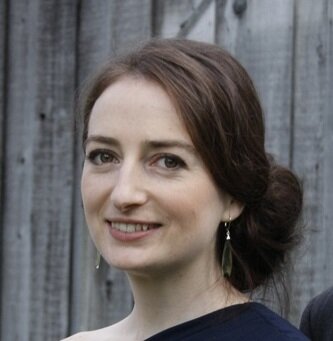No – it’s not a new type of green energy. It’s the creative energy that The Next Practice coaxed out of a diverse group of community members at Wednesday’s TAF’s Grants Charrette.
Nestled into a former Buddhist temple on Bathurst Street, 25 of us were inducted into the design process so that we could do some deep thinking about TAF’s grants program. The assignment: figure out how to improve the program’s outcomes by better supporting and engaging local stakeholders.
We broke into groups focused around four key themes – residential energy efficiency, commercial and institutional energy efficiency, on-peak mobility, and goods movement – all large sources of greenhouse gases in Toronto. We took a focused look at the stakeholder groups linked to these themes, identifying the best ones for TAF to target and engage with for our renewed grants program.
The next stage involved clarifying the needs and aspirations of the targeted community actors, and how TAF could re-orient its services to help them more effectively.
Here’s where the pipe cleaners came in. We challenged the groups to translate their key insights into three-dimensional models. From the pink circle representing the “Local Oprahs” and the need for local champions to the “Noah’s Ark” model calling for diverse collaborations (ie. bring all the species together in the boat – get it?), the pipe cleaner models added a dash of sparkle (occasionally as actual rhinestones) to the unique insights that the wonderful group of engaged and experienced community players came up with.
The insights and ideas were truly inspirational. We’ve got a lot of thinking to do about how to change and revamp our grants program. But we were so lucky to have such a smart group helping us muddle through these early stages.
Stay tuned to find out how this charrette plays into a proposed new design for TAF’s grants program to be launched next year. And thanks to all the participants! Now how can we get people to submit their applications in pipe cleaner format?






